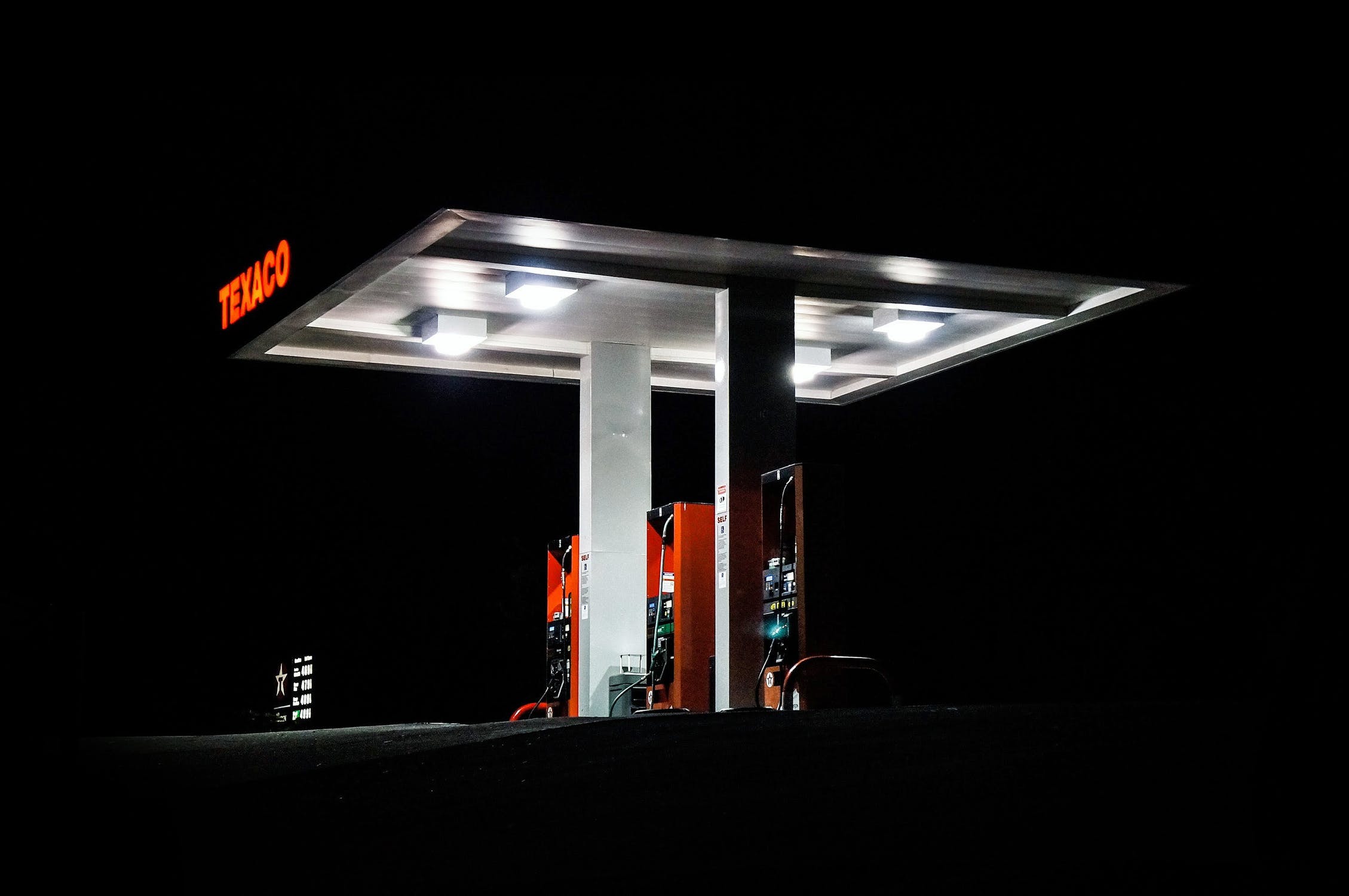Gas stations have less than a year and a half left to meet the card schemes’ deadline to install in-pump EMV card readers.
Despite Visa and MasterCard’s previous move to extend the EMV deadline, many gas stations are still not likely to meet the October 2020 deadline. Those who fail to meet compliance will meet the same fate as retailers who didn’t install EMV card readers in time: gas stations will have to take full financial liability for chargebacks.
The Current State of EMV at U.S. Gas Stations
Industry experts predict only one-third of gas stations in the country to have EMV card readers installed, have started to have them installed, or are testing them. More astonishing is that about only 2% are considered fully EMV-compliant. Unless something dramatically changes in the industry, these numbers point to trouble in terms of compliance.
Why This is a Problem?
Cards were required to be equipped with EMV, which stands for Europay, Mastercard, and Visa, in October 2015 to protect shoppers and curb fraud. The effort to push EMV cards was made in response to the many data breaches in the United States. EMV doesn’t prevent breaches but it does help cut down on counterfeit frauds. EMV cards help prevent fraud because their sensitive data cannot be stolen and used repeatedly like traditional swipe credit and debit cards.
When the standards were changed in 2015, liability was shifted to businesses. Under these standards, merchants must accept financial responsibility for counterfeit fraud that occurs from any transactions that occur because the store’s point-of-sale terminal was unable to read EMV cards’ chip.
Why Compliance in the Industry Is Lagging?
The petroleum industry is facing two major challenges when it comes to compliance: cost and insufficient quantities of certified EMV solutions. Any station that is privately owned and houses outdated equipment and technology don’t have the funds to cover the costs.
To make a pump EMV compliant, a station owner has to pay up to $40,000 for each depending on the features and other add-ins, such as discount programs, installed. Considering that most stations have about six pumps or more, owners are looking to spend up to $240,000 to get in compliance.
Things become more complicated because owners that are tied to major brands often receive incentives from oil companies for upgrades. This makes it much more difficult for mom-and-pop stations to compete.
Another huge and often-overlooked hurdle is that many processors are still testing their software for EMV certification. The primary problem is that many processors are dealing with an influx of applications, including those for:
• Payment-specific oil company brands
• Pump manufacturers
• Makers of in-pump card readers and PIN pads
• Connections to back-office networks
• A mix of all of those mentioned above
In Conclusion
Though no one knows whether Visa or MasterCard will fold and offer the industry another extension, some may wonder how the industry can move forward without at least considering it. Nobody knows what will happen, but with so many gas stations in danger of becoming financial liable of fraudulent transactions, it seems that something should happen.
Consumers may look for gas stations that can prove that they are in compliance. However, gas stations most likely will eating the damage. If that happens, who really wins.
Apply for Credit Card Processing
If you are in need of merchant account services, contact eMerchantBroker.com (EMB). EMB offers credit card processing for all types of merchants, including those in high-risk industries and those with no processing histories. Apply online today.


